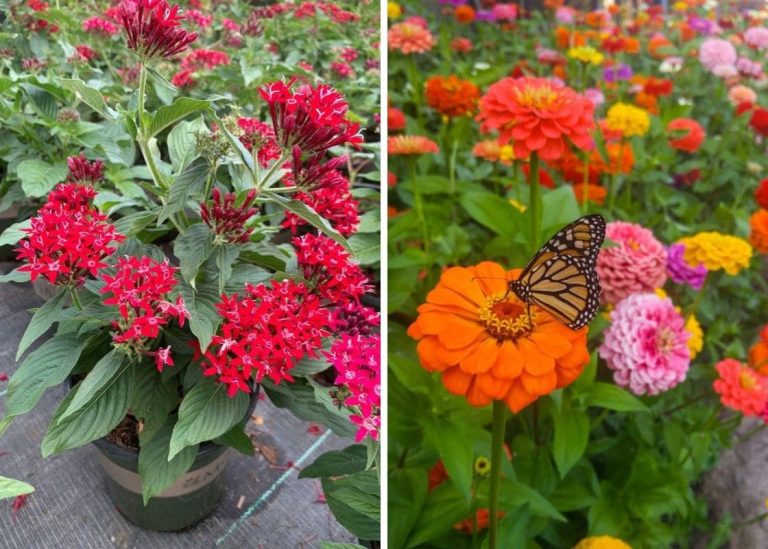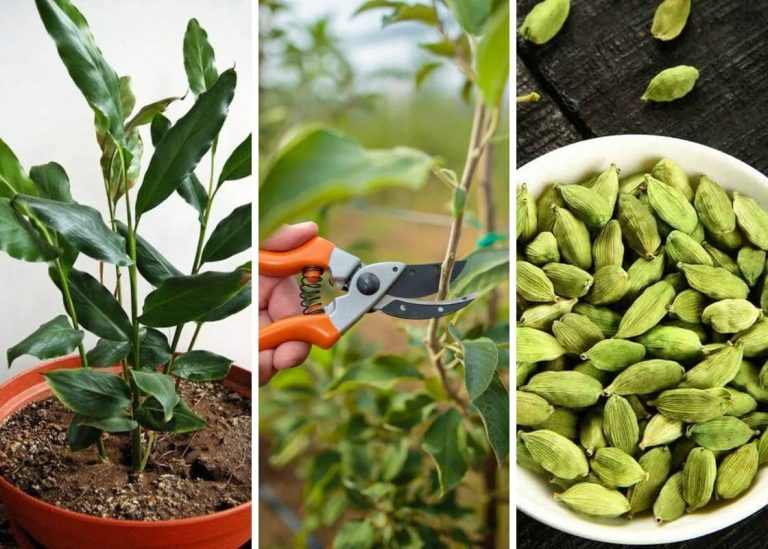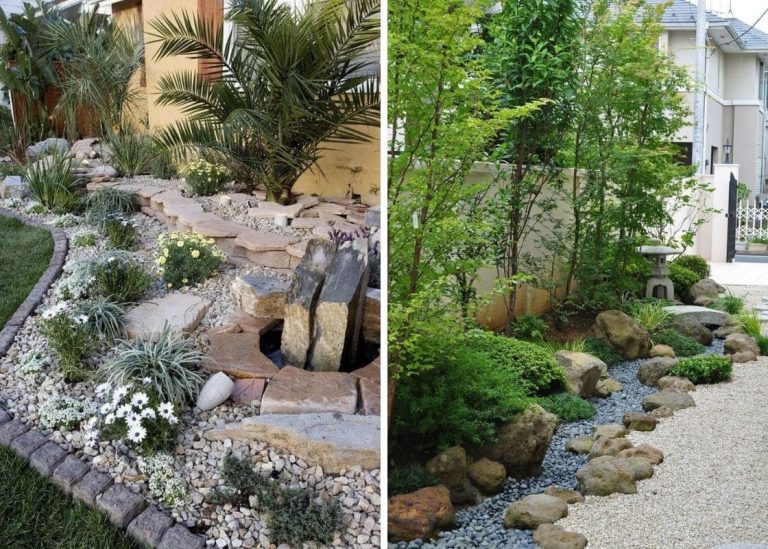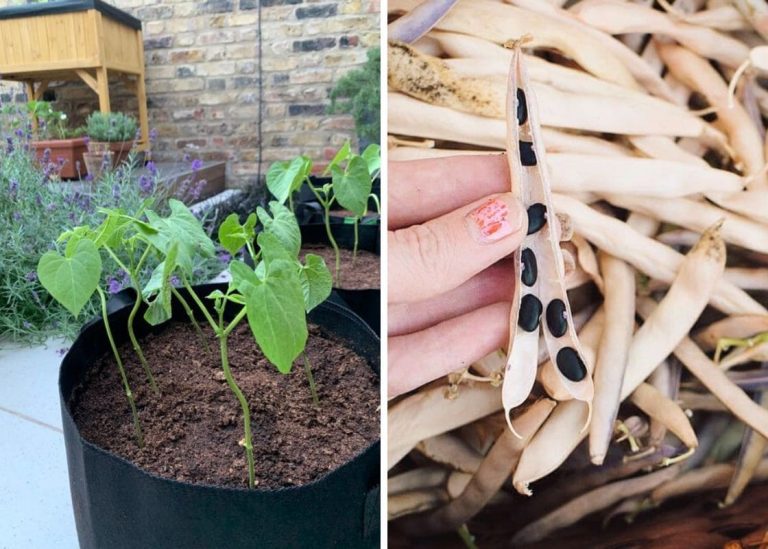15 Stunning Foliage Plants to Elevate Your Indoor and Outdoor Spaces
Few years ago, I thought only blooms made a garden or a house beautiful. But foliage? It’s the soul of the garden. It doesn’t shout. It hums. Textured, striped, spotted, rippled—leaves offer a steady kind of beauty. They stay longer than flowers do. They soften edges, fill in bare spots, and keep the rhythm of your space grounded.
I’ve since grown plants that dance in dappled light, plants that thrive in shady corners of my living room, and others that arch dramatically on the edge of my porch like they’re performing for someone. Some were gifts. Some came home from neighbors’ clippings. And some, well—some I picked up just because they felt right.
Let me share a few of my absolute favorites—foliage plants that have filled my life with calm, character, and quiet wonder.
#1. Calathea
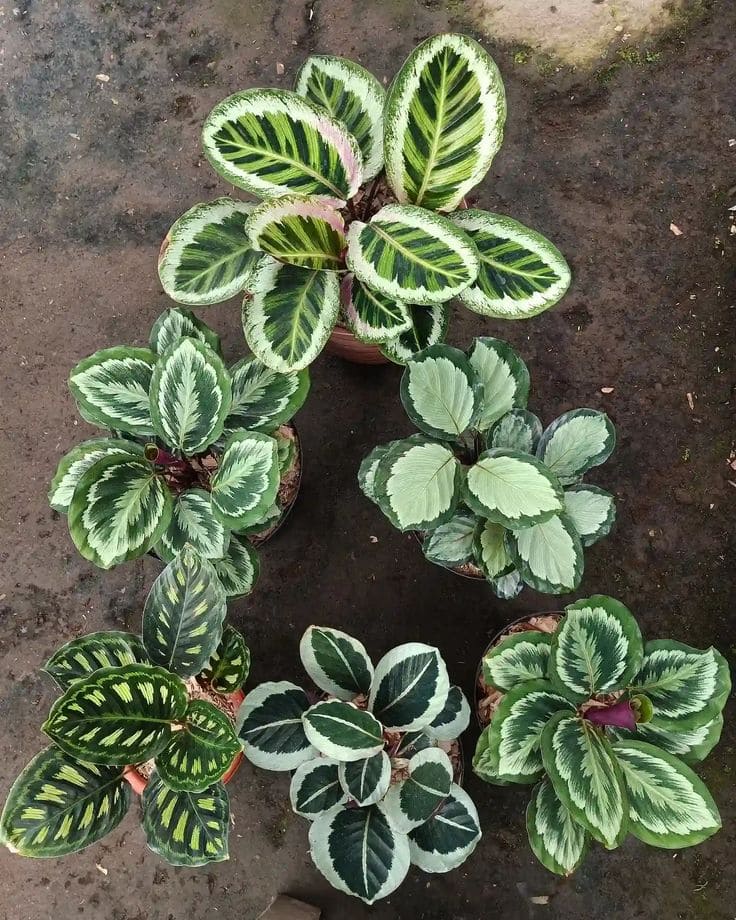
I once called Calathea my “drama queen,” and honestly, she earned it. Those leaves curl when thirsty, unfurl like scrolls in the morning, and sulk in dry air—but goodness, the payoff is worth it. Their bold patterns—think pinstripes, brush strokes, and deep purples—make every leaf a tiny canvas.
These beauties love humidity and filtered light. I keep one on a bathroom shelf near the shower where it practically glows. Just keep the soil consistently moist (not wet), and mist the leaves if your home’s dry. They’re fussy, but they’re faithful once you get the rhythm.
Tip: Never use tap water if yours is hard—Calatheas prefer filtered or distilled. Their leaves can brown at the edges otherwise.
#2. Monstera

I have a Monstera that outgrew its pot and its corner, so now it lives in my reading nook with a moss pole and a name—Frankie. With those split, architectural leaves, it’s more than a plant—it’s a vibe.
It thrives in bright, indirect light but won’t throw a fit in lower conditions. Water when the top inch of soil dries out, and watch the leaves stretch and split over time. If you’re looking to go bold indoors, Monstera’s your guy.
Note: Wipe the leaves once a week. Not just for dust—clean leaves breathe better and absorb more light.
#3. Snake Plant

If I had a dollar for every new plant parent I’ve recommended the snake plant to, I could probably buy another one. These architectural charmers are tough as nails and ridiculously stylish.
They handle low light, infrequent watering, and even a few weeks of neglect (been there). I have one in my hallway where nothing else thrived, and it’s quietly doubled in size over the years. It’s not just a survivor—it’s a purifier, too.
Personal tip: Let the soil dry completely between waterings. Overwatering is the only way to upset this unbothered beauty.
#4. Coleus
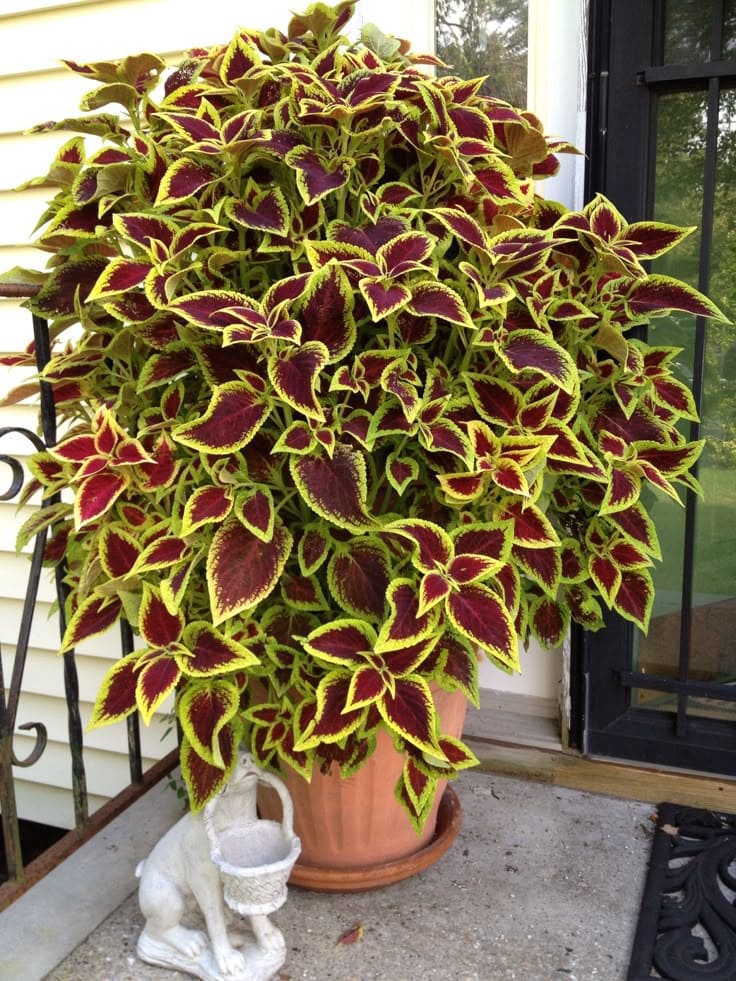
There’s something rebellious about Coleus. No two leaves are ever the same—wild purples, fiery reds, neon greens. My first patch started from a tiny cutting my neighbor handed over the fence, and now I let it reseed in a few shady spots every spring.
It grows fast and loves attention. Give it sun or partial shade, keep it pinched to stay bushy, and don’t let it dry out. I’ve even used it in porch pots to replace flowers that faded too soon. It gives color without asking for much.
Tip: Water regularly and pinch the tips often to keep it compact and vibrant.
#5. Croton
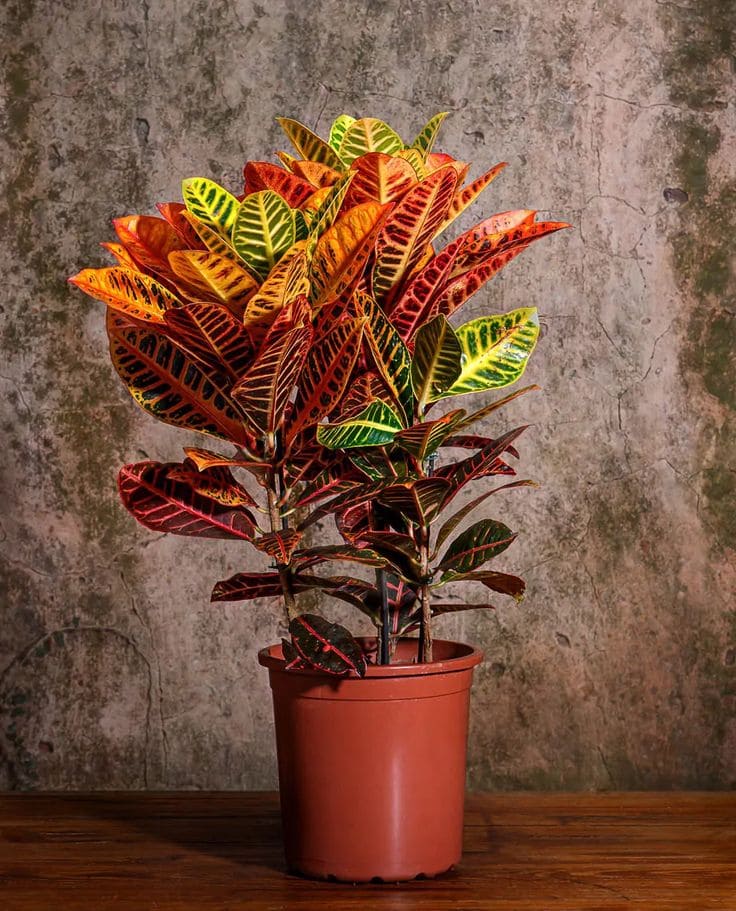
Croton isn’t shy—it’s practically shouting with color. I keep one near my kitchen window where it soaks up the morning sun and turns into a living painting of gold, orange, red, and green.
Humidity is its friend, and it appreciates a stable routine. Sudden drafts or dry air can cause it to drop leaves. But when it’s happy, it’ll grow like a rainbow on a stem.
A friend of mine misted hers every morning with a leftover spray bottle from a hair salon—and her croton was glorious.
#6. Philodendron
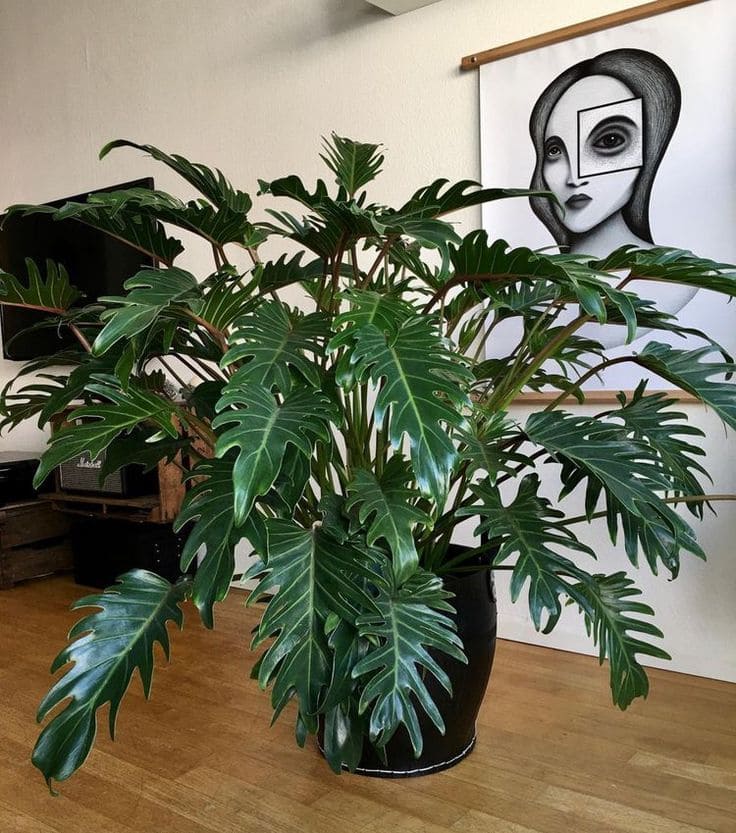
Philodendrons are the kind of friend who’s always chill and never overcomplicates things. Whether you pick the heartleaf trailing type or a dramatic upright like ‘Birkin’, they’re easy to love.
Mine climbs a trellis in the living room—slow, steady, dependable. They like indirect light and only ask for water when they’re dry. I’ve shared cuttings with family, and nearly everyone has one by now.
#7. Alocasia
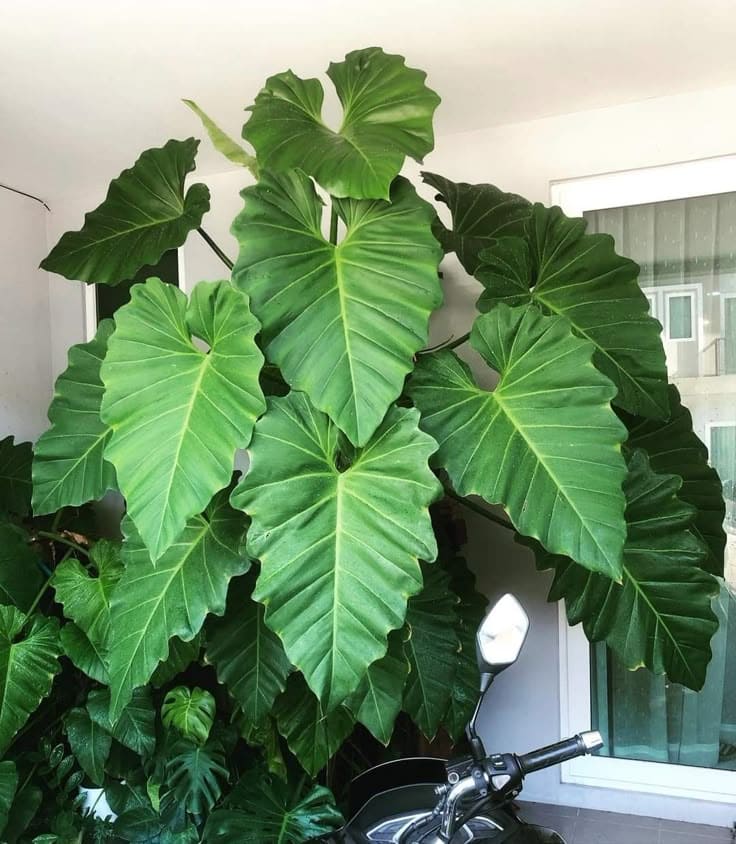
Alocasia looks like it belongs in a fairytale forest—giant arrow-shaped leaves with bold, dramatic veins. They’re not for beginners, but they’re captivating.
They crave high humidity, bright indirect light, and consistent watering. My first one went dormant in winter (I panicked), but it returned like a phoenix come spring. Now I know not to toss them when they fade.
Reminder: If leaves yellow, it’s often from overwatering. Let them breathe between drinks.
#8. Ferns
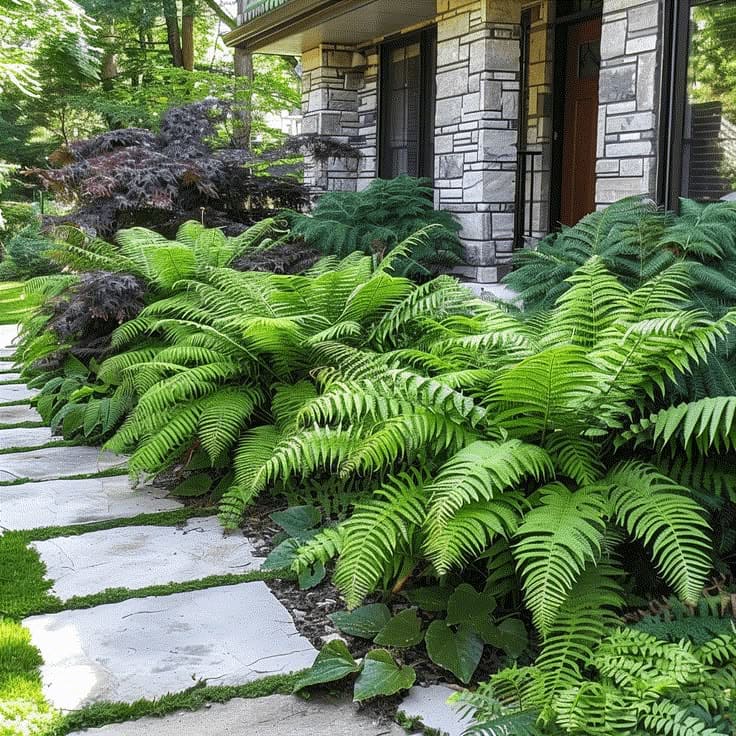
Ah, ferns—soft, feathery, and somehow always nostalgic. I hang Boston ferns under my porch every summer. When the breeze moves through them, it’s like the garden sighs.
They love shade and humidity. Indoors, bathrooms are perfect. Keep their soil moist and mist if the air’s dry. They’re more delicate than some, but worth the extra love.
Experience: Maidenhair ferns are my favorite but also the most dramatic. They’ll drop leaves if you so much as look away—but they’ll forgive you with the right care.
#9. Rubber Plant
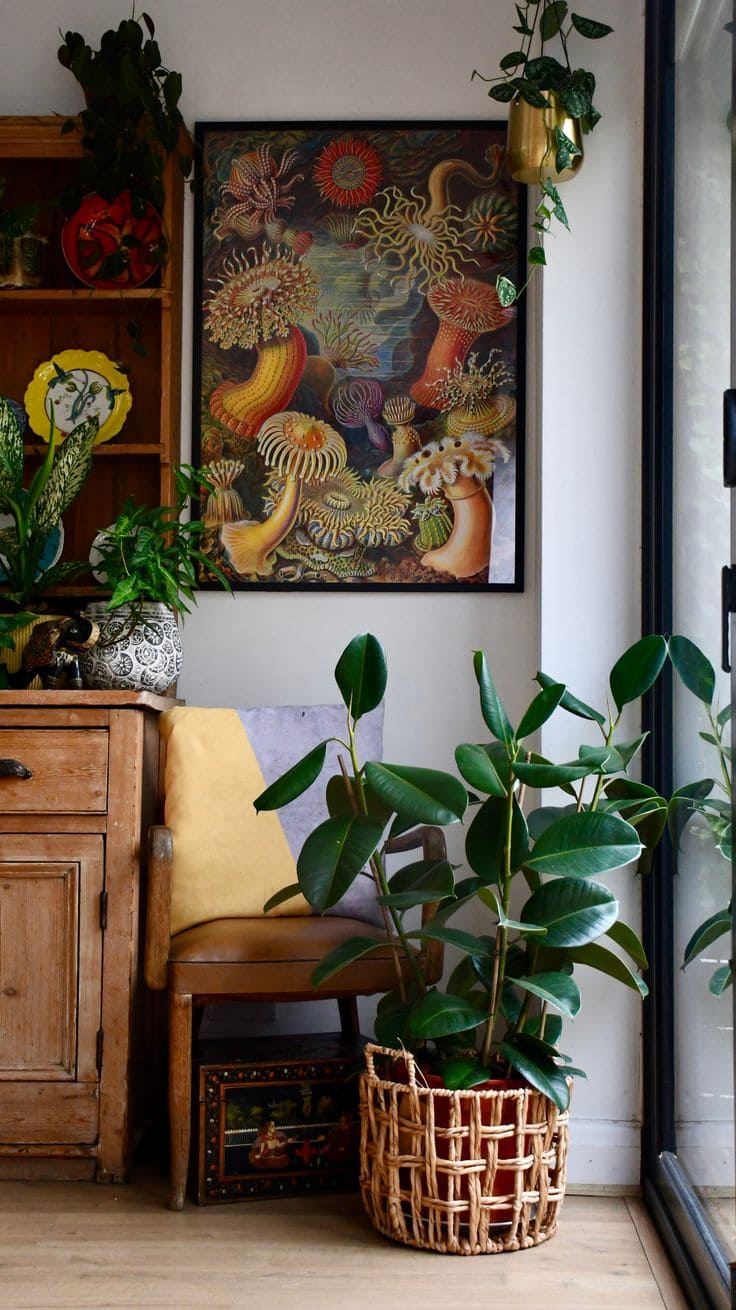
Rubber plants are bold and glossy and stand tall like leafy sculptures. I gave one to my sister for her new apartment, and two years later, it’s now shoulder-height and stealing the spotlight.
Bright, indirect light keeps them happy. Water when the soil’s dry, and wipe leaves for that deep shine. If it’s leaning, rotate the pot now and then—it grows toward the light like it’s reaching for something better.
Bonus: The burgundy variety adds a moody twist to any plant corner.
#10. Japanese Painted Fern

This one’s pure garden poetry. Silvery fronds, purplish stems—it looks like a watercolor painting nestled in the shade. I grow it beneath my hydrangeas where it softens the space with elegant contrast.
It thrives in moist, shady beds and never demands the spotlight. It’s not flashy. It’s beautiful in a quieter way.
Gardening tip: Give it consistent moisture and mulch around the roots to keep it happy during dry spells.
#11. Peperomia

Peperomias are the introverts of the plant world—quiet, compact, and full of charm once you notice them. I have a few on my desk—some wrinkled like seersucker, some with red undersides, all tiny and sweet.
They love moderate light and don’t ask for much. Overwatering is their biggest enemy. Stick to every 10 days or so, depending on your climate.
Tip: Great for small spaces. Group a few different textures together in mini pots—it’s like a leafy patchwork quilt.
#12. Aglaonema
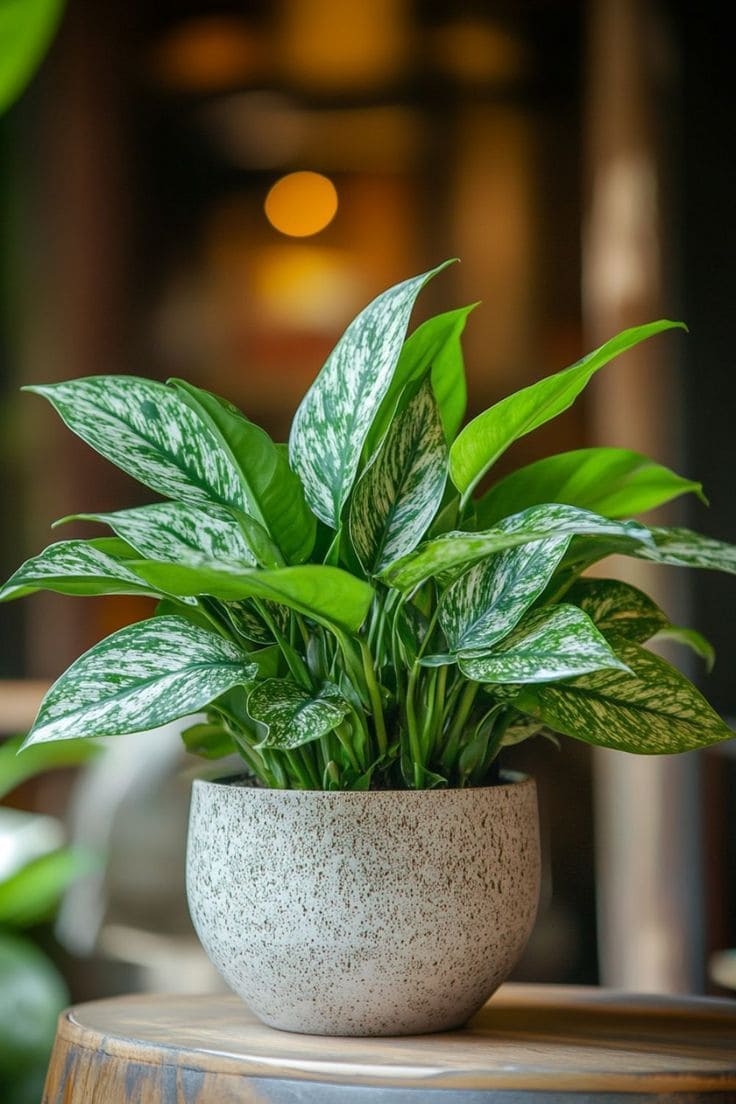
If I had to name one plant I’d recommend to anyone with a black thumb, it’s Aglaonema. Known as the Chinese Evergreen, it forgives everything but overwatering. And the color options? Unbelievable. Pinks, silvers, greens—it looks like it belongs in a boutique hotel.
I keep one in a dim hallway, and it never complains. Occasionally, it’ll surprise me with a spadix bloom that looks like a candle.
My mom has one that’s at least 12 years old. It’s been split and shared across three households now.
#13. Hostas
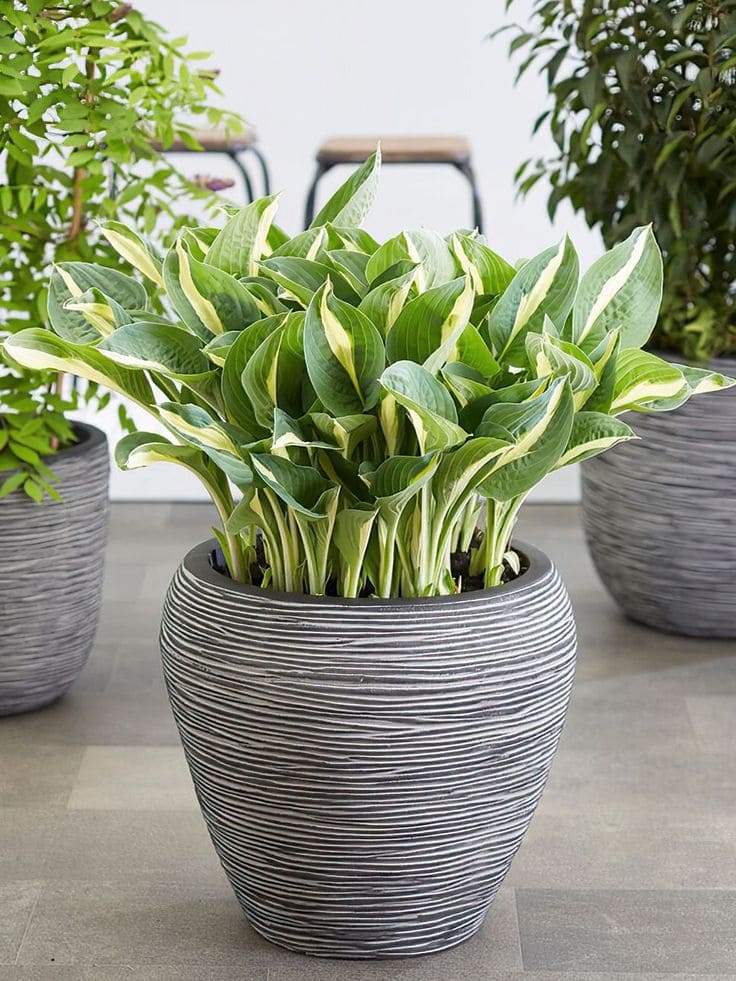
Hostas are a shady garden’s best friend. Their big, lush leaves layer beautifully in beds and borders. When it rains, droplets bead up like little gems on their surfaces.
I planted mine around our backyard firepit, and they turned it into a green cocoon. They need rich, moist soil and a bit of slug protection, but otherwise, they’re easygoing.
Advice: Try mixing varieties—some have blue-green tones, others white margins or rippled edges. The texture combinations are magical.
#14. Pothos

If there’s a gateway plant for houseplant lovers, it’s pothos. It thrives on neglect, grows like a jungle vine, and asks for so little.
I’ve rooted cuttings in mason jars, draped them across bookshelves, and even hung them in the shower once. Golden pothos is the classic, but there’s also marble queen, neon, and jade—all stunning.
Tip: Let the top inch of soil dry out, and trim if it gets too wild. Use the cuttings to make more plants—it’s addictive.
#15. Dieffenbachia
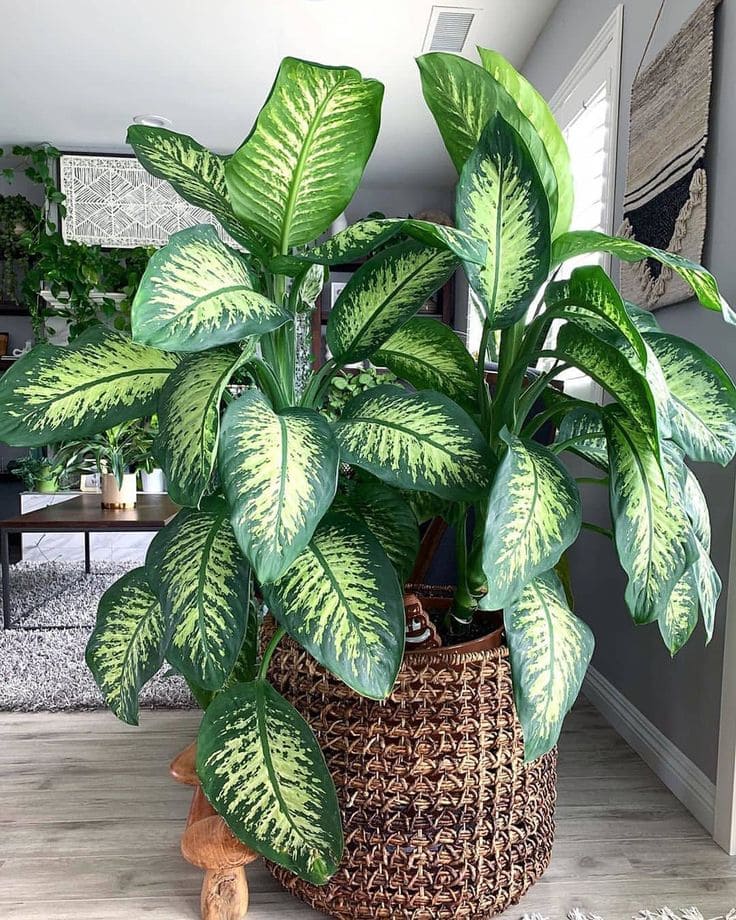
Dieffenbachia has a bit of a tropical drama vibe—big leaves with bold variegation that look airbrushed. It grows fast and fills a corner beautifully.
One of mine grew so tall, I had to chop it and root the top in water. It bounced back like a champ. Just keep it out of reach of kids and pets—its sap can irritate.
Care note: It likes bright, indirect light and consistent watering, but it will tolerate some forgetfulness.
Final Thoughts
Foliage plants aren’t just filler—they’re the quiet keepers of mood, texture, and year-round beauty. They anchor the garden when flowers fade, soften spaces indoors, and bring a natural rhythm to any corner they grace. I’ve shared clippings, swapped stories, and grown entire friendships around these plants.
If you’re looking to add something new to your home or garden, let the leaves lead the way. Start small, stay curious, and give yourself permission to experiment. Not every plant will thrive—but many will surprise you.
And when you find one that makes you pause and smile every time you pass it—keep it close. That’s how real garden love grows.


